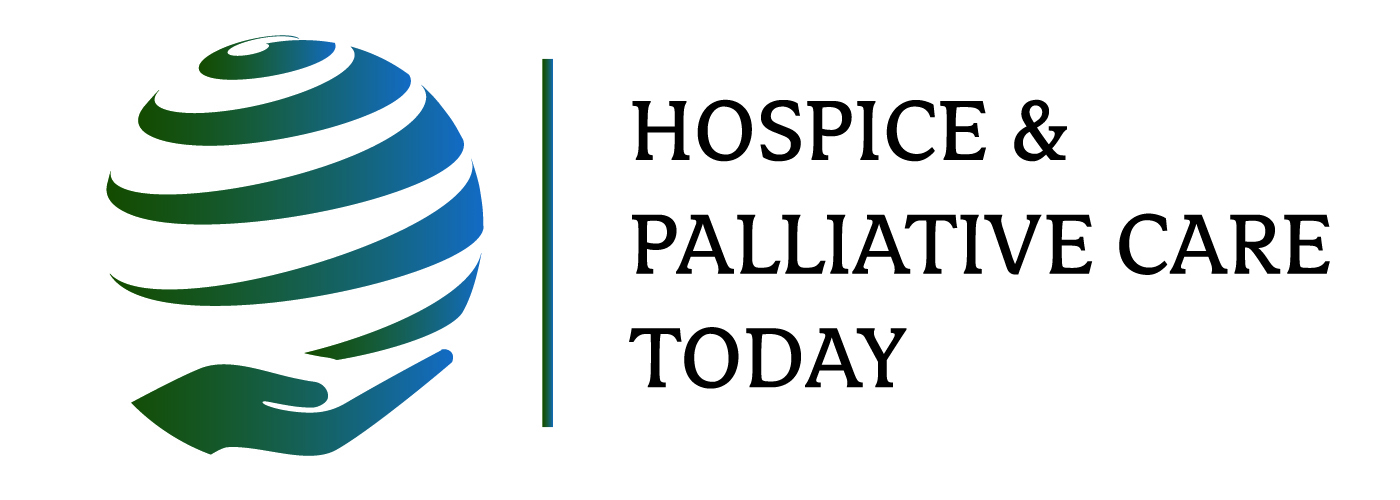Sign up for our free daily newsletters here! Note: subscribers can access our search feature!
Welcome to Hospice & Palliative Care Today, a daily email summarizing numerous topics essential for understanding the current landscape of serious illness and end-of-life care. Teleios Collaborative Network podcasts review Hospice & Palliative Care Today monthly content - click here for these and all TCN Talks podcasts.
3. The Family Caregiver Act—Safeguarding the human care chain
4. Critical care physicians’ perspectives on nudging in communication
5. Children’s experiences of parental deaths due to suicide, homicide, overdose, alcohol, or drug use
6. Facebook and perinatal loss: Facebook groups use among parents from the U.S., France and Italy
7. Decoding code status: Assessing end of life care knowledge in high-risk ED populations
8. Implementation of the Age-Friendly Health Systems Initiative in the Department of Veterans Affairs: 5 years of improving quality for older veterans
9. Evaluation of a flexible artist-facilitated storytelling intervention on a palliative care unit
10. Beyond bars: Evaluating end-of-life care and surrogate decision-making for hospitalized incarcerated persons
11. Bridging gaps in palliative care for undocumented immigrants using the social determinants of health framework
13. [Brazil] Integrating holistic communication into psychedelic-assisted therapies in hospice and palliative care: An approach based on Peplau's theory
Today is the 2025 World Hospice & Palliative Care Day: Achieving the Promise: Universal Access to Palliative Care
Organized by the Worldwide Hospice Palliative Care Alliance; primary article by Stephen Connor; in preparation for 10/11/25
This year we celebrate the 20th anniversary of World Hospice & Palliative Care Day (World Day). What started as ‘Voices for Hospice’ concerts around the world turned into a day to recognise hospice and palliative care starting in 2005. Having a day each year to recognise the importance of hospice and palliative care is a valuable part of every health care movement and is essential for advocacy and awareness raising. World Day is organized by the Worldwide Hospice Palliative Care Alliance each second Saturday in October, this year on 11 October 2025, on behalf of the global palliative care community, including international, national, and regional palliative care organisations such as the IAHPC, ICPCN, PallCHASE, APCA, EAPC, ALCP, APHN, and including national organisations such as the IAPC.
Editor's Note: Additional links of interest include ...
- Worldwide Hospice Palliative Care Alliance - World Hospice & Palliative Care Day 2025
- The Inaugural United States World Hospice and Palliative Care Day Celebration: A Virtual Coming Together
- Global Directory of Institutions and Organizations
- World Health Organization - Palliative Care
- World Hospice And Palliative Care Day 2025 - Western Australia
Hospice Research Information 10/11/25
- National Alliance for Care at Home - Pediatric e-Journal submission information. For more than a quarter of a century, National Hospice and Palliative Care Organization’s (NHPCO) Pediatric e-Journal (formerly known as the ChiPPS e-Journal/Newsletter), and now part of the Alliance for Care at Home, has been a critical and leading source of information and education relevant to pediatric palliative and hospice care (PPHC). The current and archived issues and other pediatric resources are available at https://allianceforcareathome.org/pediatric-e-journal/. Issue #81 is titled Adolescents and Young Adults. If you are interested in contributing an article in this genre, such as those on transitions, legal issues, and guardianship, the submission deadline is November 15, 2025. Please see this document for additional background and submission information.
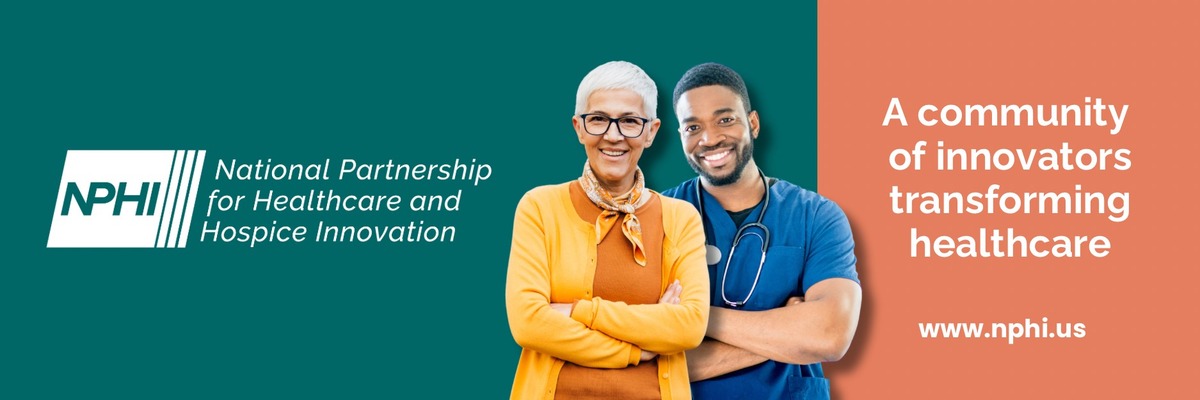 |
The Family Caregiver Act—Safeguarding the human care chain
JAMA Pediatrics; by Eli Y. Adashi, I. Glenn Cohen; 9/25
On August 9, 2024, Jay Robert Pritzker, governor of Illinois, signed into law House Bill (HB) 2161 (Public Act 103-0797), likely the nation’s leading caregiving antidiscrimination legislation. The new law, which took effect January 1, 2025, prohibits employment discrimination against individuals saddled with family caregiving responsibilities. It is by dint of the enactment of HB 2161 that Illinois became the sixth state or district to legally require some form of this employee protection. Alaska, Delaware, Maine, Minnesota, New York, and Washington, DC, precede it, though some of these limit their protection to parents. Moreover, HB 2161 defines personal care as activities wherein a family member assumes responsibility for one or all of the basic needs of an ailing relative, replete with the provision of emotional support and/or transportation to medical appointments. A covered family member may include a child, stepchild, spouse, domestic partner, sibling, parent, mother-in-law, father-in-law, grandchild, grandparent, or a stepparent.
Assistant Editor's note: "The Human Care Chain"--what a wonderfully descriptive title this is to describe the Illinois law. Those words evoke strong images of connectedness, family, humanness, compassion, loyalty and love. As professional care providers of patients with serious and terminal illnesses, we cannot over-appreciate the tremendous power, value and comfort of The Human Care Chain.
Critical care physicians’ perspectives on nudging in communication
JAMA Network Open; by Derek R. Soled, Christy L. Cummings, Laura M. Berbert, David N. Williams, William B. Feldman, Robert D. Truog, Emily B. Rubin; 9/25
Our qualitative study on the experiences and perspectives of nudges by critical care physicians identified multiple themes relating to the appropriate use and ethics of nudging patients in clinical decision-making. In the decision-making context, a nudge is defined as “any aspect of the choice architecture [the intentional arrangement and presentation of options to subtly guide people towards certain choices] that alters people’s behavior in a predictable way without forbidding any options or significantly changing their economic incentives.” While nudges preserve a person’s choice set without restricting options, they make it more likely that a person will choose some particular option by triggering decision-making heuristics and biases. Many physicians described nudging as an inevitable and natural part of communication—but one that must be used thoughtfully for it to be ethically justifiable.
Assistant Editor's note: As a clinician, I can see where nudging may be appropriate at certain times, and when the clinician knows the values, concerns and goals of the patient/family. However, often the critical care clinician does not have that intimate knowledge of their preferences. In these situations, a better choice than nudging might be to request a palliative care consult, so that goal concordant decision making can be explored.
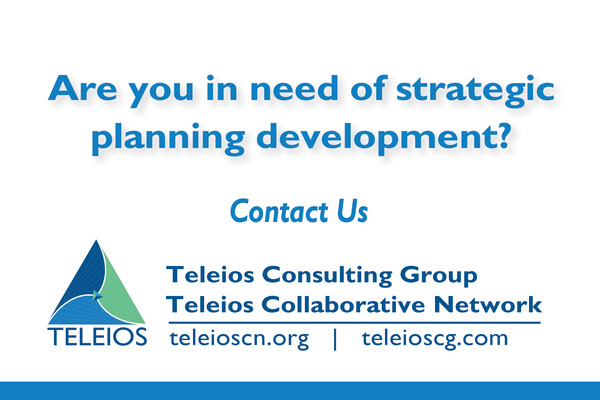 |
Children’s experiences of parental deaths due to suicide, homicide, overdose, alcohol, or drug use
JAMA Network Open; by Sean Esteban McCabe, Eric Hulsey, Luisa Kcomt, Rebecca J. Evans-Polce, Glenn Radford, Samuel D. Tennant, Vita V. McCabe; 9/25
Childhood bereavement resulting from parental mortality in the US has increased substantially over the past decade, including a surge in parental deaths from stigmatized causes, which are defined as drug overdose, homicide, suicide, and alcohol-induced or other drug-induced deaths. This cohort study found that the number of children bereaved from stigmatized parental deaths has increased and now account for 2 in every 5 parental deaths in Michigan. The increase in children who experienced stigmatized parental deaths is concerning given the increased risks of mental health disorders, child welfare involvement, and criminal justice involvement for children immediately following a parental death. Children and families who are bereaved from a stigmatized death may experience a more complex bereavement process and require a higher level of care.
Facebook and perinatal loss: Facebook groups use among parents from the U.S., France and Italy
Omega-Journal of Death and Dying; by Livia Sani, Meryem Labouihi, Joanne Cacciatore, Marie-Frédérique Bacqué; 9/25
This study explores how ... [Facebook] groups are used after perinatal loss and evaluates their psychological role for bereaved parents. We conducted a thematic analysis of posts from FB groups in the U.S. and France over one month; a third group from Italy was excluded due to insufficient activity. Four main categories emerged: emotional responses to loss, subsequently born children, mutual sharing of memories of their deceased children and practical information. Findings reveal similarities between the French and U.S. groups, particularly in how mothers express emotions, seek validation, and commemorate their children. The lack of active Italian groups may reflect cultural attitudes toward grief.
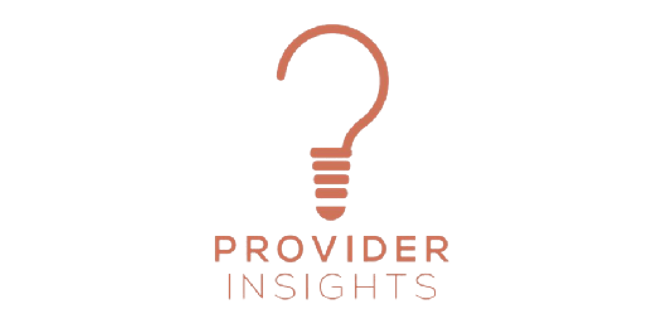 |
Decoding code status: Assessing end of life care knowledge in high-risk ED populations
The Journal of Emergency Medicine; by Shreyans Sanghvi, Jacqueline Furbacher, Thaddeus Puzio, Caroline Ha, Deena Abdelhalim, Mariah Arneson, Alaina Sturkie, Erika Richey, Benjamin Cooper, Samuel Luber; 9/25
The National Institute on Aging projects that the U.S. population over age 65 will nearly double by 2050, placing further strain on an already burdened healthcare system. The emergency department (ED) plays a critical role in caring for this vulnerable population, initiating intensive care for approximately 2,000 older adults daily. However, such care often conflicts with the treatment preferences of most Americans; 80% of older adults report a desire to avoid intensive care and repeated hospitalizations at the end of life (EOL). Among 187 patients [surveyed], 84% reported never having heard of code status options (of those who had, 73% were primarily English-speaking) and 83% were unaware of their current code status. Additionally, 74% lacked any ACDs [advance care directives]. Regarding CPR, 80% believed it successfully restarts the heart of sick patients more than 50% of the time, while 83% and 84% had never been informed about what CPR entails or its associated risks, respectively.
Implementation of the Age-Friendly Health Systems Initiative in the Department of Veterans Affairs: 5 years of improving quality for older veterans
INQUIRY: The Journal of Health Care Organization, Provision, and Financing; by Andrea Wershof Schwartz, Shivani K. Jindal, Kimberly A. Wozneak, Robert E. Burke; 9/25
The Age-Friendly Health Systems initiative (AFHS) was developed to spread principles of high-quality care for older adults using the 4Ms Framework: What Matters, Medications, Mentation and Mobility. In 2020, the Veterans Health Affairs (VA) set a goal to become an AFHS, given nearly half of Veterans are over aged 65. In conclusion, this paper demonstrates that the first 5 years of Age-Friendly Health Systems initiative within the VA have resulted in significant spread of the 4Ms, reaching hundreds of teams and thousands of Veterans over a broad geographic area and multiple care settings. However, much work remains to continue to spread and study AFHS within the VA, an urgent priority given the aging Veteran population who deserve person-centered care focused on what matters to them. The early results of AFHS implementation in the VA offer a promising model for implementing Age-Friendly care within a large health care system.
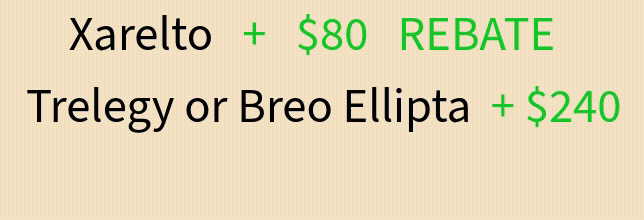 |
Evaluation of a flexible artist-facilitated storytelling intervention on a palliative care unit
Journal of Pain and Symptom Management; by Kyle J. Drouillard, Regine Krechowicz, Kim Kilpatrick, Shirley H. Bush, Cory J. Ingram, Kaitlyn Boese, Jaya Rastogi, Jessica Roy, Carol Wiebe, Jenny McMaster, Claudia Hampel, Sarina Isenberg; 9/25
A professional storyteller facilitated sessions with patients, caregivers, and healthcare professionals on a palliative care unit, starting with an open-ended question (e.g., “What story do you want to tell?”). From 18 sessions, patients (n=6), caregivers (n=8), and healthcare professionals (n=6), found the storytelling session acceptable, appropriate, feasible, meaningful and worthwhile. The storyteller perceived participants as enthusiastic and appreciative. Patient and caregiver stories described the palliative care unit as a calm site of reflection, and framed illness as a journey. Healthcare professionals’ stories reflected pride in and gratitude for their work.
Beyond bars: Evaluating end-of-life care and surrogate decision-making for hospitalized incarcerated persons
Journal of Palliative Medicine; by Zack Watson, Julie Brown, Abhinav Vyas, Stacey Tillman, Sumi Misra, Rajiv Agarwal, Cheryl Gatto, Allison McCarthy, Mohana Karlekar; 9/25
Incarcerated persons (IPs) retain the constitutional right to health care, yet they face unique challenges in accessing palliative care (PC) and designating surrogates, especially when incapacitated. We present two cases of hospitalized IPs with life-limiting illnesses who experienced significant barriers in identifying and engaging surrogates. Both cases underscore the effect of delays in communication with surrogates and restricted end-of-life (EOL) visitation due to correctional policies. These delays limited the delivery of optimal interdisciplinary PC and bereavement support. Despite clear legal guidance under the Tennessee Health Care Decisions Act, misinformation and procedural ambiguity among medical and correctional staff impeded timely and appropriate care.
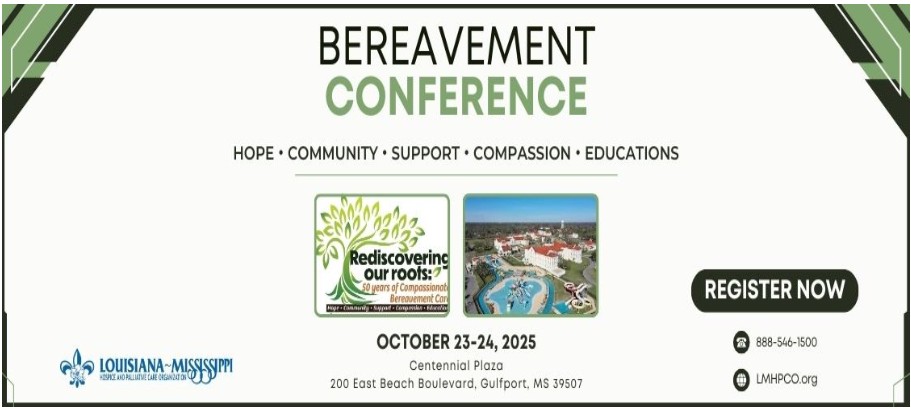 |
Bridging gaps in palliative care for undocumented immigrants using the social determinants of health framework
American Journal of Hospice and Palliative Medicine; by Lisa Cross, Rachael Salguero; 9/25
Systemic policies and inequities, rather than immigration status itself, create barriers to health. In the United States, an estimated 11 million individuals live without legal authorization, a population that faces profound challenges in accessing equitable care. These barriers pose particular difficulties for palliative care nurses in recognizing and addressing the needs of undocumented immigrants. Identifying nursing interventions in this manner aligns with the overarching goals of the American Nurses Association and reflects the principles of ethical compassionate palliative nursing.
[Italy] The implantable cardioverter-defibrillators at the end of life: A double-edged sword of a life-saving technology
Trends in Cardiovascular Medicine; by Giacomo Mugnai, Davide Genovese, Luca Tomasi, Alessia Gambaro, Flavio Ribichini; 9/25
Implantable cardioverter-defibrillators (ICDs) are critical for preventing sudden cardiac death, but their function poses a significant challenge in palliative care, where goals shift from life prolongation to comfort. A substantial percentage of patients receive painful, futile shocks in their final days, causing significant distress. This review synthesizes evidence on the impact of these shocks and underscores the gap between clinical practice and patient-centered care. Key barriers to timely ICD deactivation include clinician discomfort, patient misconceptions, and systemic flaws like fragmented care and absent institutional protocols. This review argues for a paradigm shift towards proactive, interdisciplinary care, calling for structured communication, routine advance care planning, and the integration of palliative cardiology models to ensure this life-saving technology does not compromise a dignified death.
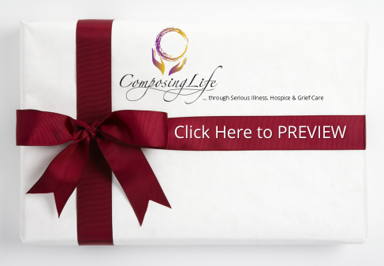 |
[Brazil] Integrating holistic communication into psychedelic-assisted therapies in hospice and palliative care: An approach based on Peplau's theory
Journal of Holistic Nursing; by Ana Cláudia Mesquita Garcia, Felipe Teixeira, Lucas Oliveira Maia; 9/25
Psychedelic-assisted therapy (PAT) has shown promising results in alleviating psychological and existential suffering among individuals with serious illnesses. This article explores the application of Peplau's Theory of Interpersonal Relations (PTIR) as a foundation for holistic communication in PAT, particularly in hospice and palliative care. We examine how PTIR's core concepts (person, health, environment, and nursing) along with its articulation of therapeutic roles, phases of the nurse–patient relationship, and the concept of anxiety as a signal of unmet needs, can be integrated into PAT's preparation, dosing, and integration phases. Drawing on a fictional case study involving a patient with advanced cancer, we illustrate how nurses can use PTIR to support emotional processing, foster insight, and promote personal growth during psilocybin-assisted therapy.
The Fine Print:
Paywalls: Some links may take readers to articles that either require registration or are behind a paywall. Disclaimer: Hospice & Palliative Care Today provides brief summaries of news stories of interest to hospice, palliative, and end-of-life care professionals (typically taken directly from the source article). Hospice & Palliative Care Today is not responsible or liable for the validity or reliability of information in these articles and directs the reader to authors of the source articles for questions or comments. Additionally, Dr. Cordt Kassner, Publisher, and Dr. Joy Berger, Editor in Chief, welcome your feedback regarding content of Hospice & Palliative Care Today. Unsubscribe: Hospice & Palliative Care Today is a free subscription email. If you believe you have received this email in error, or if you no longer wish to receive Hospice & Palliative Care Today, please unsubscribe here or reply to this email with the message “Unsubscribe”. Thank you.

